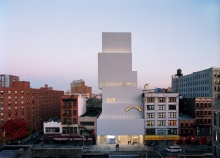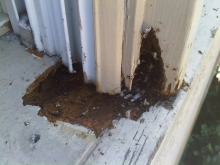Getting Paid: Contract Administration and the Payment Process
Late payment to the contractor is one of the main causes of relationships souring during construction projects. The contractor is unhappy. Subcontractors are unhappy. Suppliers are unhappy. The engineer has to field all of these complaints -- and often the blame. Incomplete payments, due to disputed work or progress, lead to damaged relationships as well. Late payments do more than effect relationships, however: They can severely cripple a contractor’s ability to continue and complete the work.











